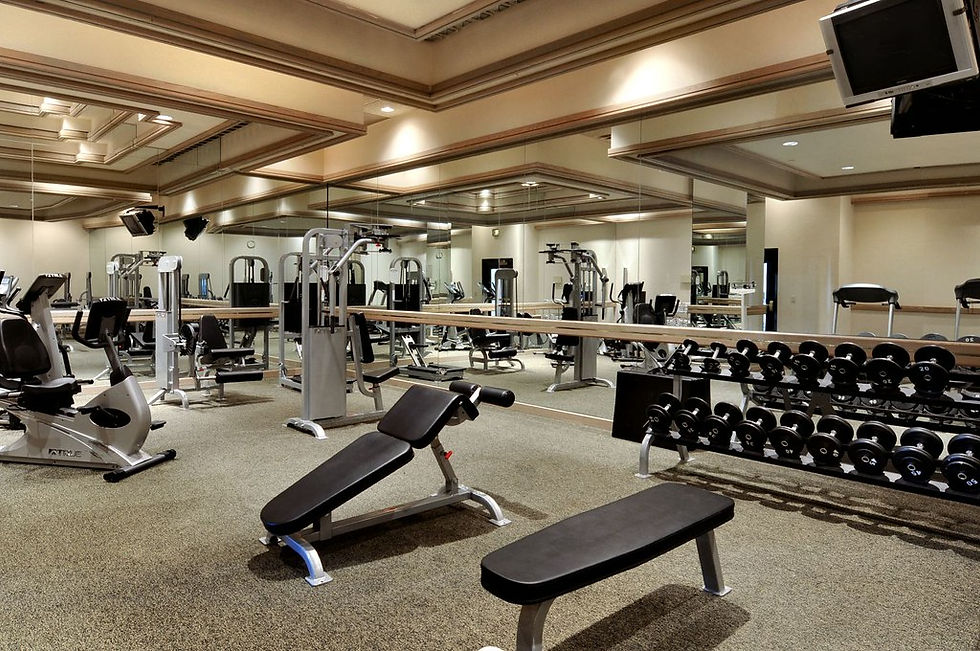Understand Why You Need Building Inspection
- Amelia Varley

- Dec 11, 2024
- 3 min read
Updated: Jul 3
Building inspection is one of the most important aspect to check whether it is in proper condition out of any risk or not. The place where you live must be the safest one as you or your family members are spending much time there. Quality construction is one part that ensures the safety of your home to a great extent but, building inspection is similarly important. And, as with time due to wear and tear the condition of the roof, walls, basement, and exterior area, as well as the interior can be deteriorated in terms of strength and functionality, a regular checking or inspecting is good to follow.

Structural Integrity:
Building inspection should be done to check for signs of structural damage or wear and tear such as cracks in the foundation, walls, roof, or sagging roof beams. Inspect for signs of water damage, such as mould, mildew, or discolouration on walls or ceilings. Also, check for signs of pests, such as holes in walls or floors, or droppings. It also inspects for signs of electrical problems, such as flickering lights, or exposed wiring. Look for signs of plumbing issues, such as water leaks, or a lack of hot water.
Check windows and doors for signs of air leaks, or water damage. Inspect the walls and floors for any signs of cracks or damage. The attic, basement, and any other areas of the home also need to be checked for signs of moisture, mould, or pests. Inspect any outdoor areas for signs of damage, such as worn decks or porches, or sagging fences.
Hazards:
Identify any potential safety hazards, such as-
exposed wiring or broken stairs
Sharp objects such as knives, scissors, and tools that are not put away properly
Unsecured furniture, shelves, and other items that could fall and cause injury
Electrical cords and outlets that are exposed could cause electric shock
Open flames from candles, stoves, and other sources of heat
Slippery floors and surfaces that could cause falls and accidents
Chemicals and other hazardous materials that are not properly stored or labeled
Plumbing and Electrical Systems:
Building inspection also includes the checking of any exposed plumbing and electrical systems for any signs of damage or malfunction. If exposed plumbing and electrical systems are present, inspect them for any signs of damage or malfunction such as corroded wiring, broken pipes, or frayed insulation. It also checks for loose connections, discolouration, and any other signs of wear and tear that may indicate a need for maintenance or repair. Additionally, use a multimeter to test continuity and voltage to ensure that the system is functioning properly.
Ventilation:
The inspection also ensures that the building is properly ventilated to prevent the buildup of mold and other potential hazards. To properly ventilate a building, an HVAC system should be installed. It should be checked regularly and maintained so that it functions efficiently and is free of dust, debris, and other contaminants. Properly installed and regularly maintained exhaust fans should be used to remove moist air from bathrooms, kitchens, and other areas where moisture can accumulate.
Pest Infestations:
Building inspection should be done for any signs of pest infestations and to make sure they are properly treated. The first step in inspecting a building for pest infestations is to look for signs of pest activity. Signs of pest activity can include droppings, nests, webs, and other signs of nesting or feeding. If any of these signs are found, the next step is to identify the type of pest, if possible. Once the pest has been identified, appropriate treatment methods can be determined. This may include using traps, sprays, or other means.
Accessibility:
Ensure that any areas of the building that are accessible to the public, such as hallways and staircases, are safe and easy to navigate. Additionally, the building inspection must also check whether these areas are safe from any sudden accidents or not.
Conclusion:
As we have seen, building inspection is an important part of ensuring the safety and reliability of any construction project. They are carried out by experienced professionals who are able to spot potential problems and recommend solutions. Through the process, building owners and contractors can rest assured that their project meets safety standards and that the final product will be of the highest quality. Building inspections are a vital part of any construction project and should never be overlooked.








Comments